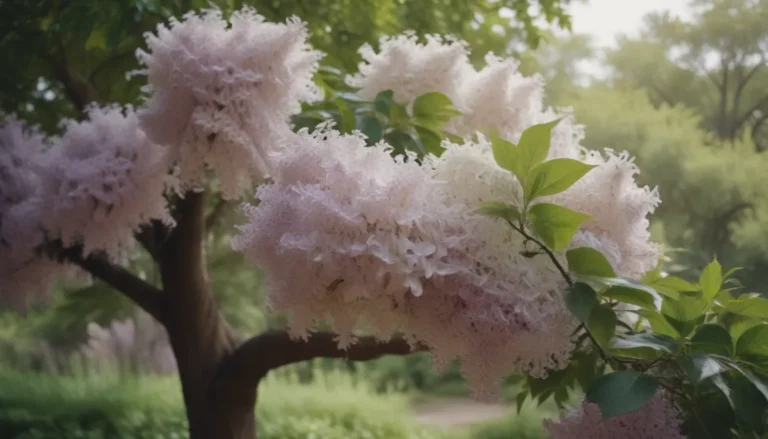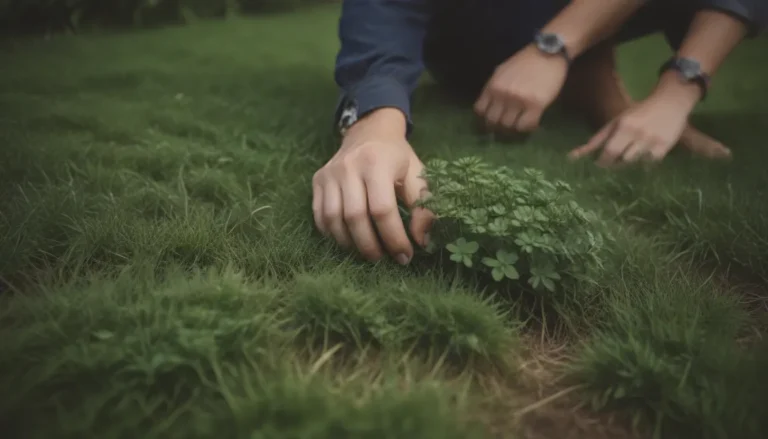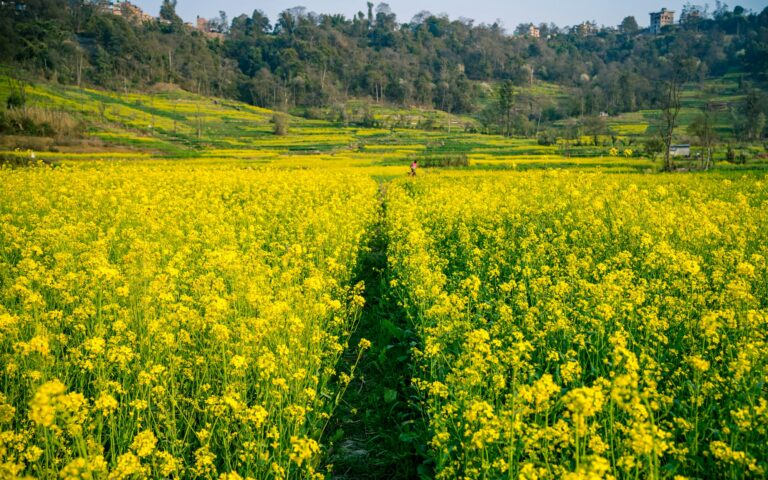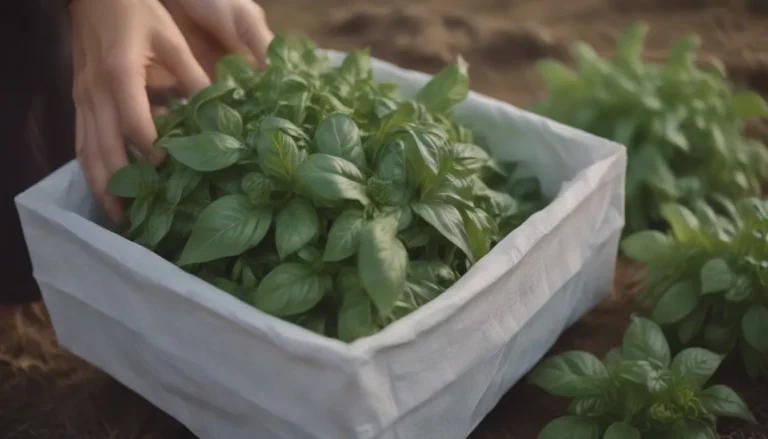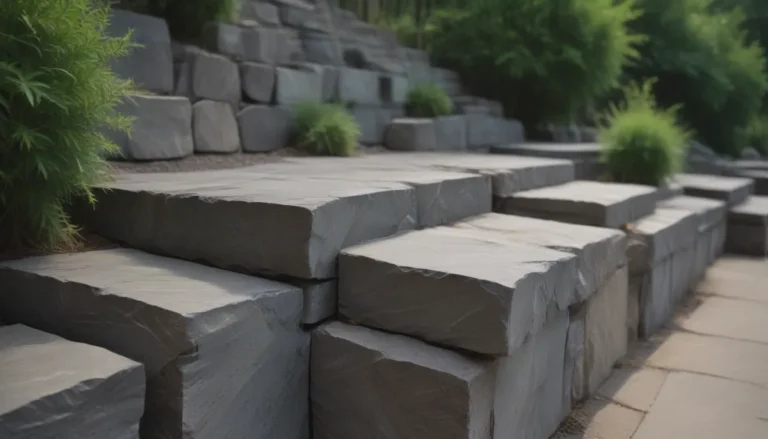How to Successfully Grow and Care for Quick Fire Hydrangea
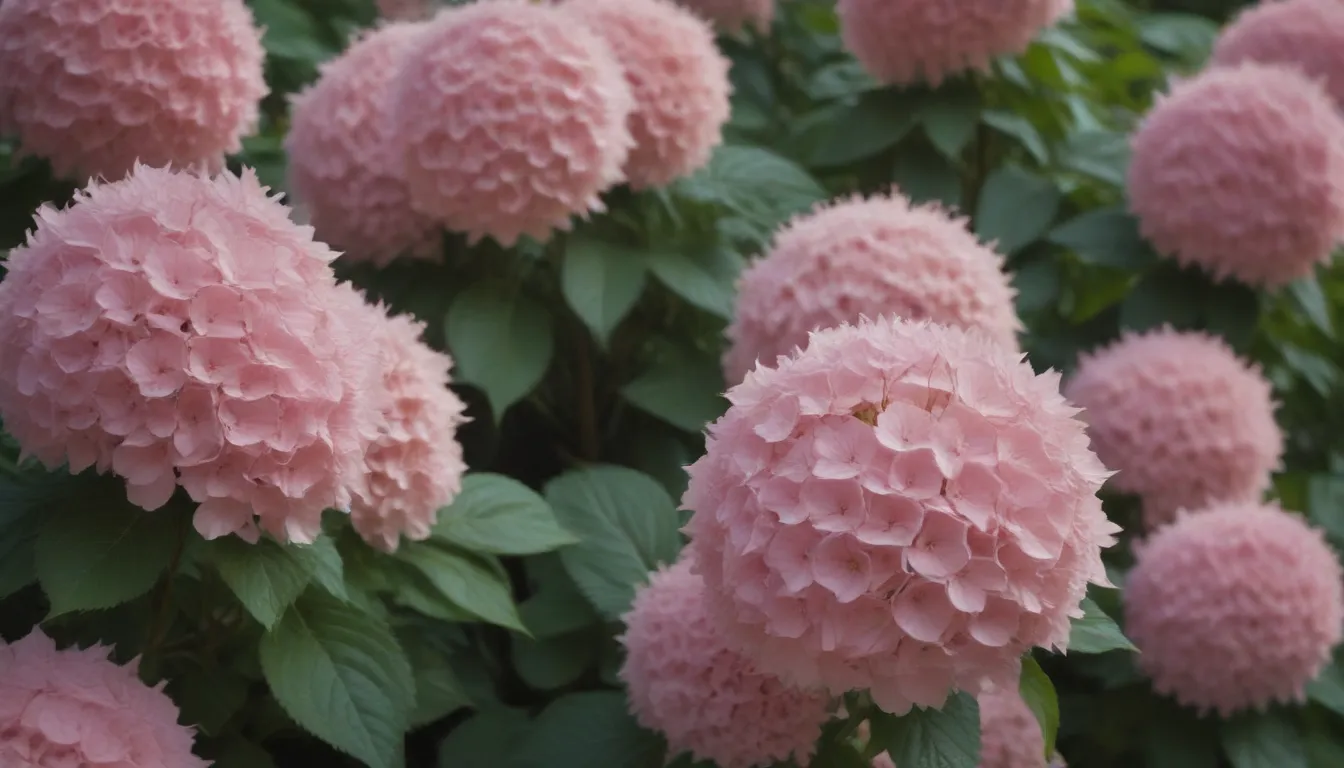
Quick Fire hydrangeas are a delightful addition to any garden, providing beautiful blooms and vibrant foliage throughout the growing season. If you’re looking to add this stunning shrub to your landscape, you’ve come to the right place. In this comprehensive guide, we’ll explore everything you need to know about growing and caring for Quick Fire hydrangeas to ensure they thrive in your garden.
Why Quick Fire Hydrangea?
Quick Fire hydrangea is a standout shrub known for its early blooming period, starting in early to mid-summer and continuing through the fall. The transition from white flowers to pink and then to deep red or dark pink adds a striking visual appeal to any garden. Additionally, the deep orange to rust-colored fall foliage further enhances the overall beauty of this plant.
Quick Fire hydrangea is a versatile shrub that can be used in various ways in your landscape. Whether planted in groupings, mass plantings, used as a screen or hedge, or as a specimen in perennial borders, this plant is sure to make a statement. Its 6-inch panicles are perfect for fresh flower bouquets or dried arrangements, adding a touch of elegance to any floral display.
Quick Fire Hydrangea Care Tips
Taking care of Quick Fire hydrangeas is relatively easy, making them an excellent choice for both novice and experienced gardeners. Here are some essential care tips to help your Quick Fire hydrangeas thrive:
Light
The amount of light Quick Fire hydrangeas require depends on your location. In northern areas, full sun is ideal, while in southern regions, some afternoon shade is recommended to protect the plant from intense midday sun exposure.
Soil
Quick Fire hydrangeas are adaptable to a wide range of soil types as long as it is well-drained. Soil with high organic matter content is preferable as it provides essential nutrients and retains moisture. Adding a layer of mulch around the plant helps keep the soil moist and prevents it from drying out.
Water
During the first growing season, water newly planted Quick Fire hydrangeas regularly, especially in the absence of sufficient rainfall. Established shrubs prefer moist but not waterlogged soil. If the plant shows signs of wilting during dry periods, water deeply to ensure it rebounds quickly.
Temperature and Humidity
Quick Fire hydrangeas are hardy plants that can withstand cold winters. However, in hot weather, it’s essential to keep the soil moist to prevent heat stress. High humidity, coupled with poor air circulation, can lead to fungal diseases, so ensure adequate airflow around your plants.
Fertilizer
Fertilize Quick Fire hydrangeas in the spring with a high-phosphorus fertilizer to promote blooming. A fertilizer with a ratio of 15-30-15 is recommended for optimal growth and vibrant flowers.
Types of Quick Fire Hydrangea Varieties
Quick Fire hydrangeas come in different cultivars, each offering unique characteristics and features. Two popular varieties include:
- ‘Little Quick Fire’
- ‘Quick Fire Fab’
These varieties offer distinct traits that can enhance the beauty of your garden and provide a diverse range of options for landscaping.
Pruning Tips for Quick Fire Hydrangea
One of the key aspects of caring for Quick Fire hydrangeas is proper pruning. Since they bloom on new wood, it’s best to prune them in early spring. Look for dead wood, spent blooms from the previous year, and new growth when pruning. Avoid cutting growth below the lower two-thirds of the plant, as this is where the thickest buds are located.
Quick Fire hydrangeas can be pruned to grow as a tree on a single trunk or as a large, multi-stemmed shrub. Regular pruning helps maintain the plant’s shape and encourages healthy growth and abundant blooms.
Common Problems and Solutions
Quick Fire hydrangeas are relatively resilient to pests and diseases, but they can still encounter some issues. Here are a few common problems you may encounter and how to address them:
- Powdery Mildew: This fungal disease can affect the foliage, especially in humid conditions. Improve air circulation and space plants adequately to prevent powdery mildew. If necessary, treat the plant with a fungicide.
- Bud Blight, Bacterial Wilt, and Leaf Spot: These diseases can impact Quick Fire hydrangeas but are relatively uncommon. Proper plant care and maintenance can help prevent these issues.
- Insect Pests: Quick Fire hydrangeas may attract aphids and spider mites. Regular monitoring and appropriate pest control measures can help keep these pests at bay.
If your Quick Fire hydrangea fails to bloom, it may be due to improper pruning or environmental factors. Ensure you prune the plant at the right time and provide adequate light and water to promote healthy flowering.
In conclusion, Quick Fire hydrangeas are a stunning addition to any garden, offering beautiful blooms and vibrant foliage throughout the growing season. By following these care tips and guidelines, you can enjoy a flourishing display of Quick Fire hydrangeas in your landscape. Happy gardening!

